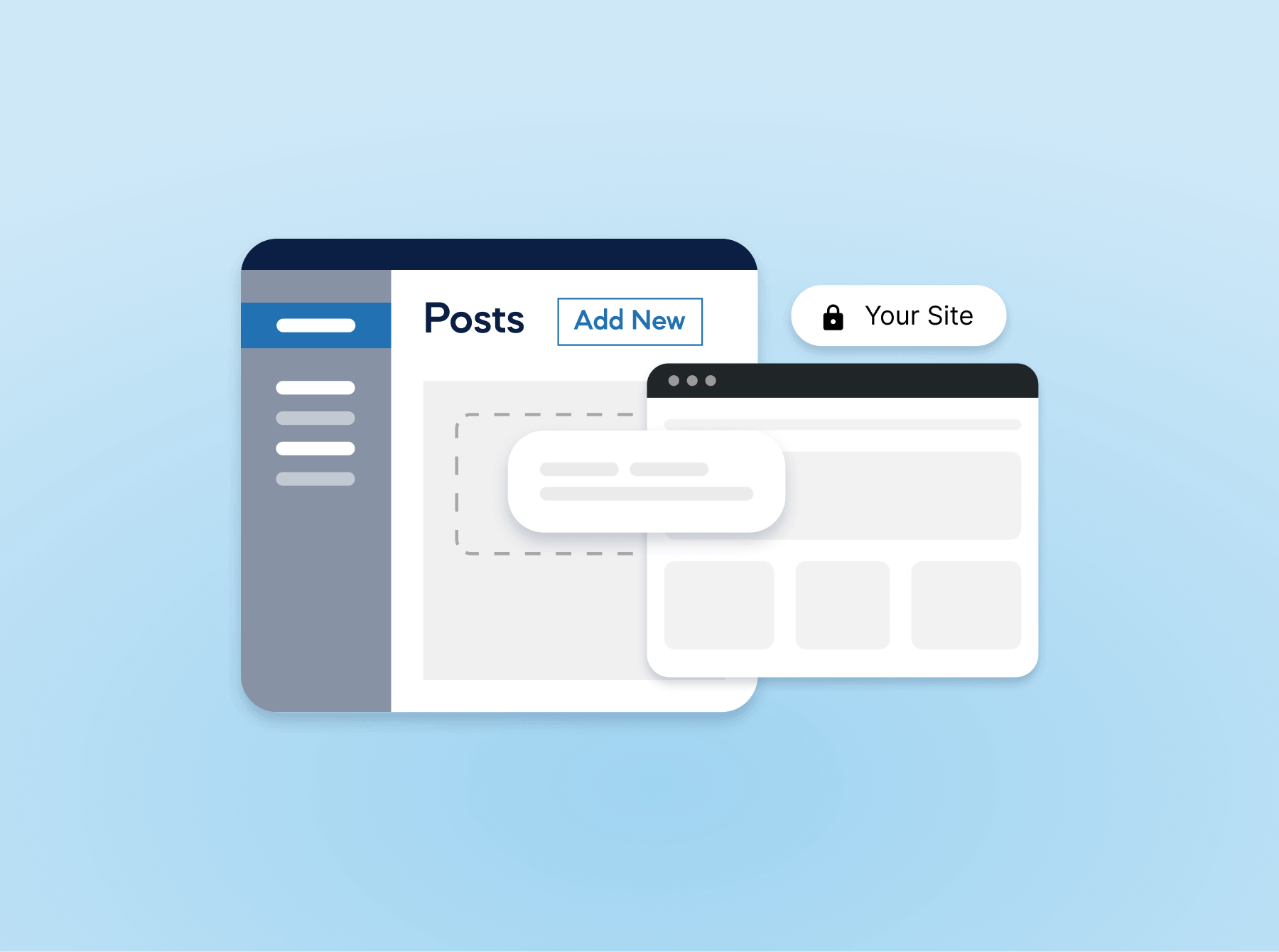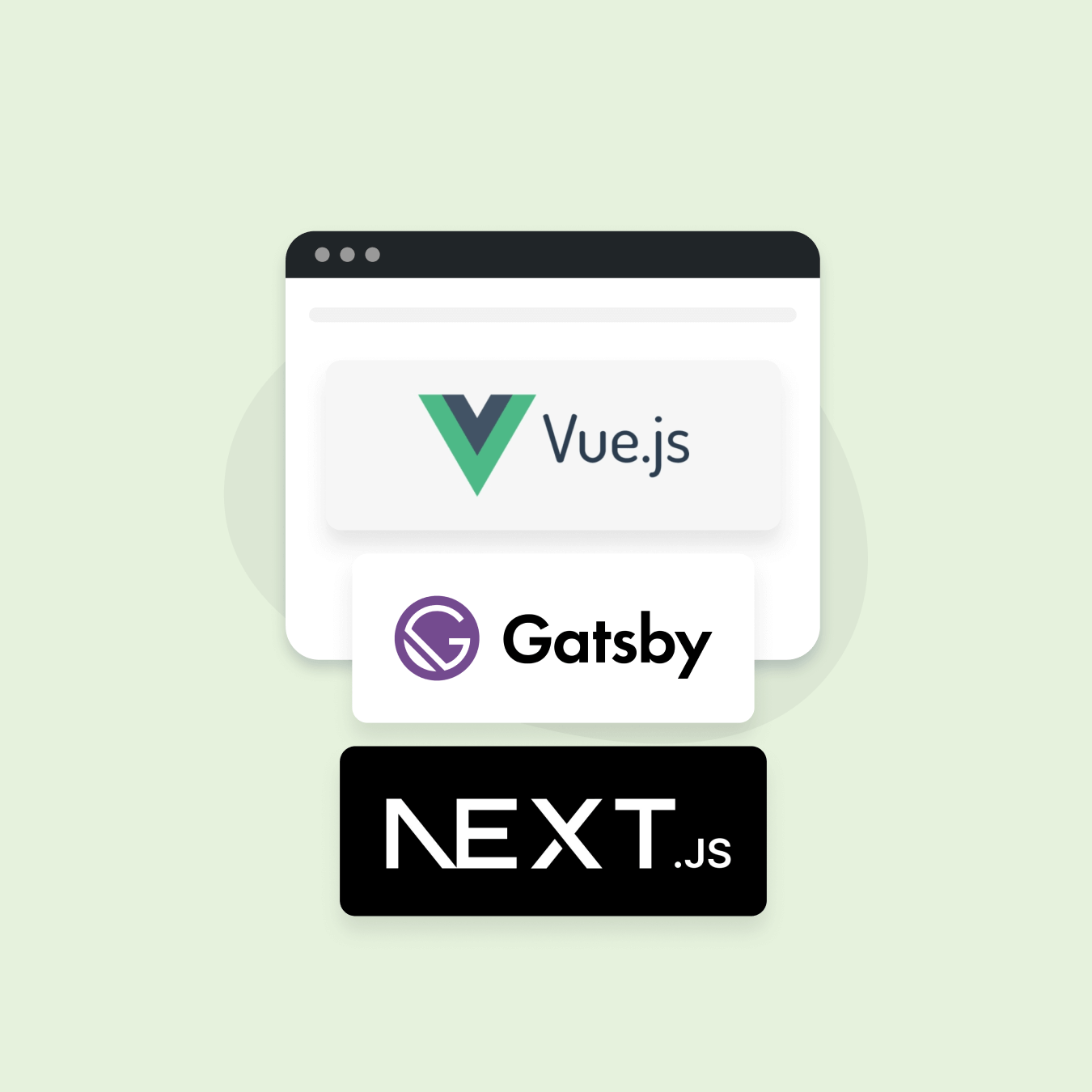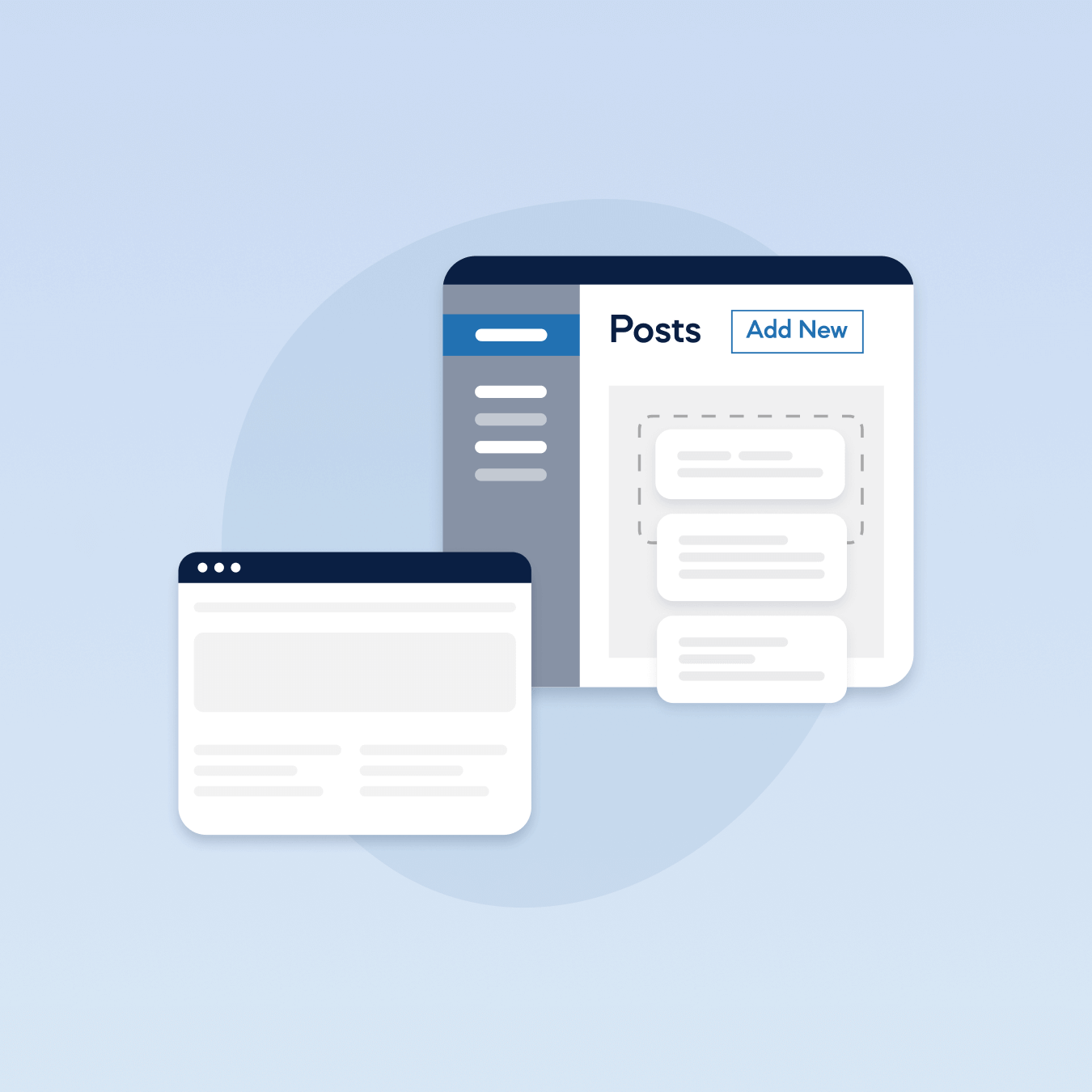

Decoupled architecture for performance, flexibility and scale


At Filter, we help businesses unlock the full potential of WordPress through headless development. By separating the front end from the CMS, we deliver faster websites, improved developer workflows and greater control over how and where content is published.

Headless sites are built for speed and resilience. By decoupling content from presentation, we can optimise the front end without compromise. This means faster load times, better Core Web Vitals and infrastructure that’s easier to scale globally. WordPress is a great fit to allow you to manage content for headless sites.
We configure WordPress to act purely as a content backend, using the REST API or GraphQL to deliver structured content wherever you need it. This enables fast, dynamic front ends and seamless integration with other platforms, tools, and services. Even better, it’s still the WordPress you already know how to use.


Our team builds fast, dynamic user interfaces using frameworks such as Next.js, Vue or Gatsby – chosen based on your goals and existing tech stack. We have experience delivering large-scale sites and applications using API-first architectures, ensuring everything functions reliably, efficiently, and as expected.

Get in touch to discuss how Filter can help you deliver faster, more flexible digital experiences using WordPress as a decoupled content platform.
We’d love to hear about your WordPress project.
"*" indicates required fields

With headless, your WordPress content isn’t limited to one website. We enable you to distribute content to web apps, mobile apps, digital signage, and other channels – all from a single publishing source – creating a truly multi-platform content strategy. This enables faster publishing cycles, better consistency across channels, and streamlined content management.
We also build cross-platform mobile applications that use WordPress as the content source – delivering consistent, structured content across iOS and Android platforms. By using a headless approach, we separate the content from the app code, allowing editorial teams to update app content in real time without developer input.


We work with you to define structured content models that support your publishing needs. Whether you’re managing a blog, product catalogue or media library, we ensure your content is easy to create, manage and that where you need a custom workflow for signoff and approval, we put this in place for you.